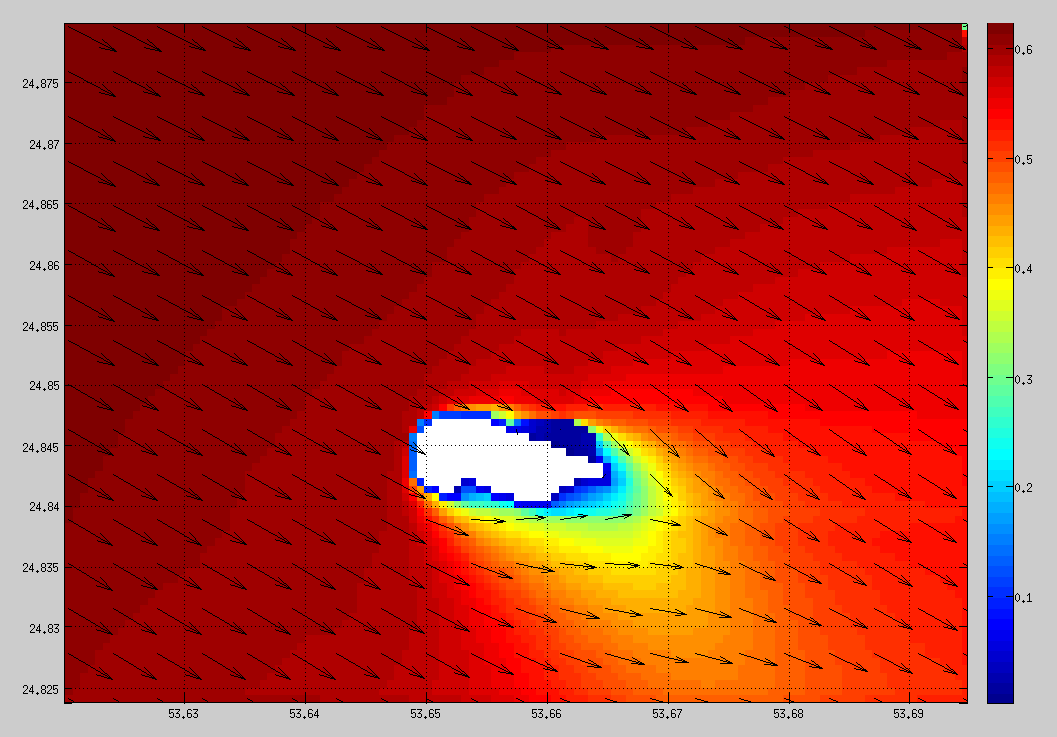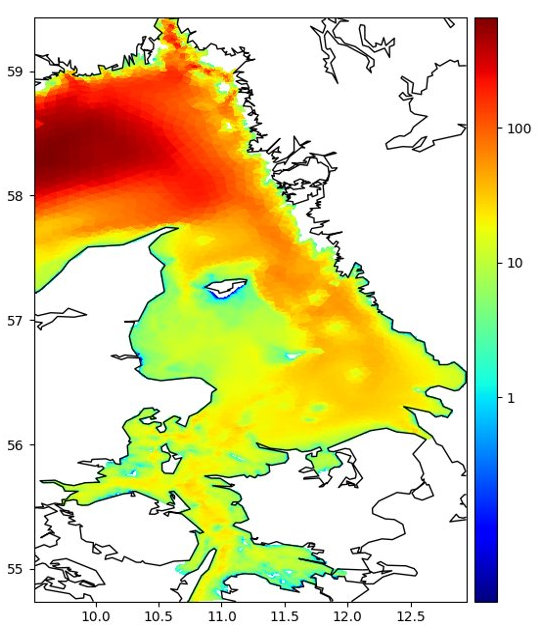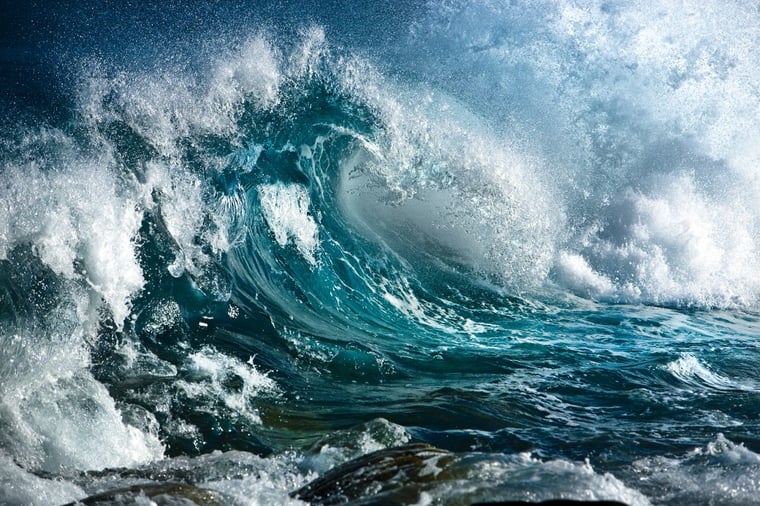How do you get hold of something as difficult as the behavior of a wave? At Infoplaza, running our own meteorological models means everything to us, as it allows us to forecast really accurate from offshore to nearshore.
With wave modeling, we can offer a tailored solution to nearly every client. In some big projects monitoring multiple swells and their direction is important, and other projects require waves not being higher than 1 meter. So to make sure every offshore operation can occur in the most safe and optimal way possible. How we do that?
To answer that question, we need to talk to Infoplaza’s Sara Loureiro Solla, metocean modeler and Daniëlla Gur, meteorological business engineer. Both part of Infoplaza’s Weathertech team, they are responsible for our in-house wave models.
We asked them 7 short questions to get to know them and their expertise.
Why is wave modelling so important?
Sara: To us, it allows us to produce accurate wave predictions. Especially nearshore everything changes so fast because of the waves interacting with the ocean floor. You want to have models dedicated to resolving those processes with a large degree of accuracy over a high resolution grid. Offshore conditions change way slower. So, to get a hold on the situation, thorough wave modelling in these areas is key.For you, what’s the most important thing to know in wave modelling?
Daniëlla: Observations are very important to make our work possible. We receive data from different sources like the Dutch RWS so we can validate and improve the configuration of our models. Also clients offer data to our forecasters so they can use them to understand the limitations of the model in an area and apply corrections when required.
 A high resolution grid with wave height and direction.
A high resolution grid with wave height and direction.
What makes Infoplaza’s approach stand out?
Sara: We run our own models. So instead of waiting for an external party to produce data, we do it ourselves. And this allows us to run very fine resolution models that you don’t normally find in the market. For example, we can offer hi-res SWAN in a wharf in the coast of South America.Daniëlla: We finetune our models as well. If we believe something isn't working optimally, we can quickly make adjustments in a more flexible manner.
Sara: Other companies also offer wave forecasting, often based on the free available data online, as the WAVEWATCH III forecast offer by NOAA. The service of NOAA is great, but it can be limited as well. You get their data, but not the wave spectra like energy distribution of the wave. It’s not tailored to the client’s needs. But that’s something we can do. Basically, we operate one step ahead of the current data suppliers that are totally free to use.
Can you describe your average work week?
Daniëlla: Making a grid of a custom near shore location, run a hindcast to produce data for the client or to investigate model quality. And in the meantime, I can analyze the results by using custom made tools (such as a model comparison tool) to help us understand the limitations and strengths of each configuration.Sara: Continuously testing new versions of a model is something we do as well, and researching for new methods to do so. For instance, the additions of temperature as input parameter for WAVEWATCH III does not only involve investigating its feasibility, but also adaptations in the operational setup to keep everything running smoothly with the new changes or to the calibration applied to the waves in the post-processing phase.
 A nearshore grid of Kattegat.
A nearshore grid of Kattegat.What’s the most challenging and fun part of your job?
Sara: Tuning the model can be difficult, but it’s fun as well!
Daniëlla: The unexplained errors every programmer gets to see once in a while are a classic challenge. Modelling is fun to me because seeing a model improve along the way is really satisfying.
Where does the fascination for marine weather, like waves, come from?
Daniëlla: My interests were not particularly in waves, but I got really interested in meteorology and Python and data processing during my Master Geoscience & Remote Sensing. At Infoplaza I was able to work at a weather company that creates its own tools and that tunes its own models - what’s not to love?
Sara: I knew from the start of my studies, Physical Meteorology, that I wanted to do something with modelling. The fact that I grew up practically next to the sea in Galicia, an autonomous region in Spain, probably helped as well! There’s lots of rough, unsettled weather there – most of the time it’s stormy with high waves.
What’s next in wave modeling?
Daniëlla: In general, in the long term, it’s machine learning obviously.Sara: And for us specifically, we have several things planned, from a new form of data assimilation to improvements to the nearshore model.
At Infoplaza, we love talking about our expertise. We gladly explain how it can support your offshore operations. Just send us a message and together we can come up with a solution.



